Case stories
Large international utility company
SCADA Level 2 system
Sweet Geeks’ assignment was to:
- Delivery of a new Level 2 SCADA platform to monitor and operate renewable assets from a centralized control center. The platform consolidates the many disparate OEM SCADA components and enables the customer to manage a large number of renewable assets from a centralized fleet management platform. This facilitated the onboarding of personnel, minimized human error, and resulted in higher production output.
The platform was rewritten as a microservice-based platform using technologies such as .NET, MongoDB, KAFKA, MSSQL, Kubernetes, etc. - Implement a zero-trust architecture that complies with IEC standards and operates in the IEC zone model.
Persons

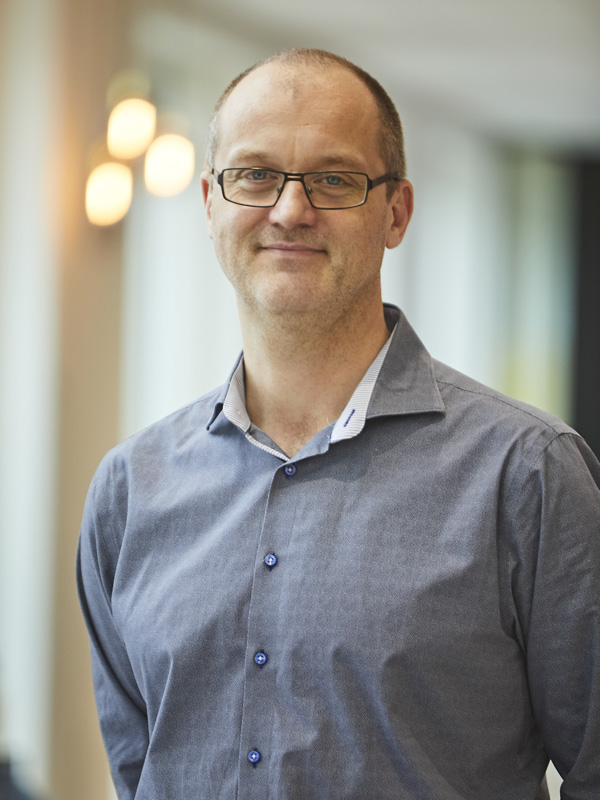
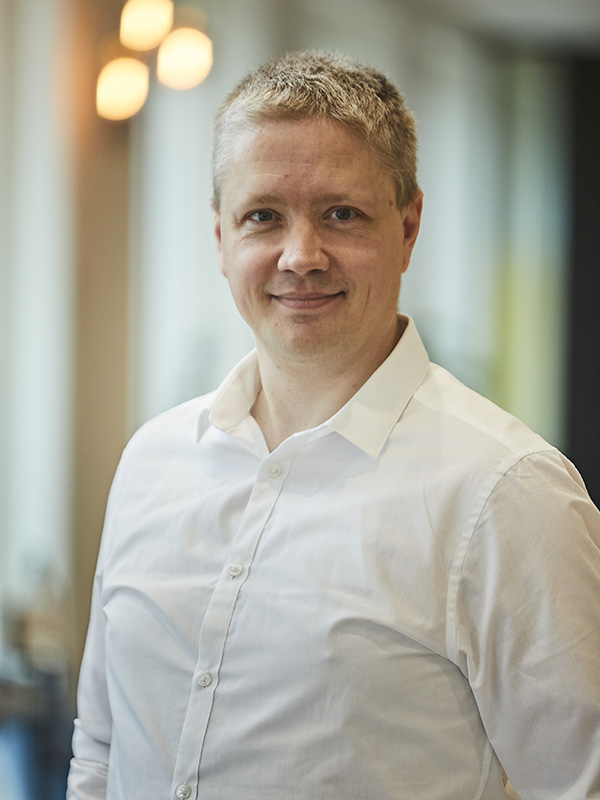

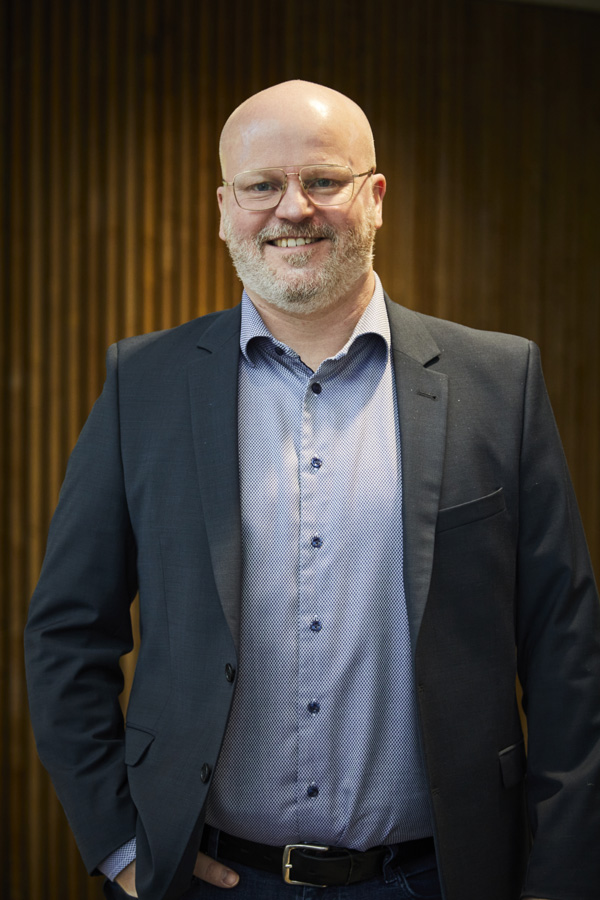
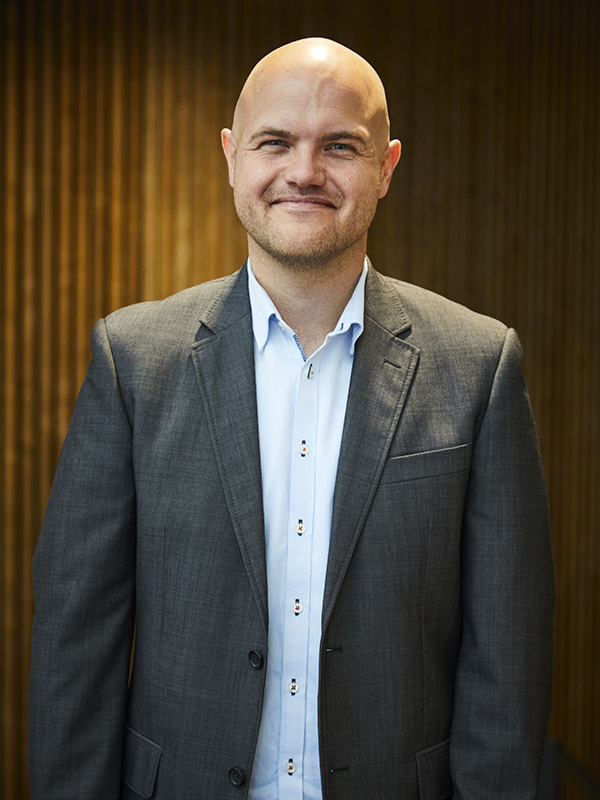
Data Center migration
Sweet Geeks’ assignment was to:
- Support the migration of the SCADA infrastructure from a data center in Denmark to a data center in Germany.
- Assist the client with the complex migration and optimization of the IT infrastructure to provide more scalability, security, and a modernized range of products for internal customers.
- Designed the infrastructure setup for the SCADA department, including ensuring that the SCADA software would work on the new platform.
- Developing and updating home-grown software to live in a DTAP (Development, Test, Acceptance, Production) environment, implementing CI/CD pipelines, and ensuring 3rd party software worked in the DTAP environment.
- Ensure data from sites was available in all zones of the DTAP setup.
Persons
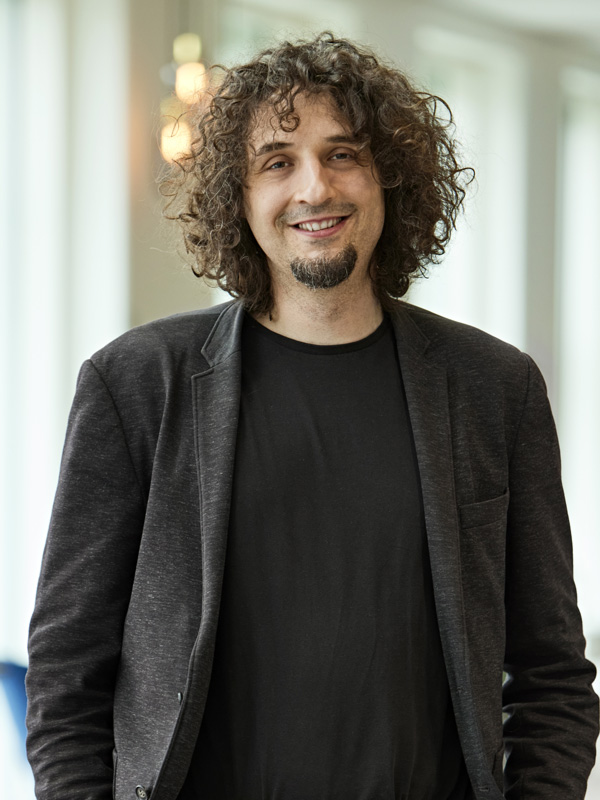



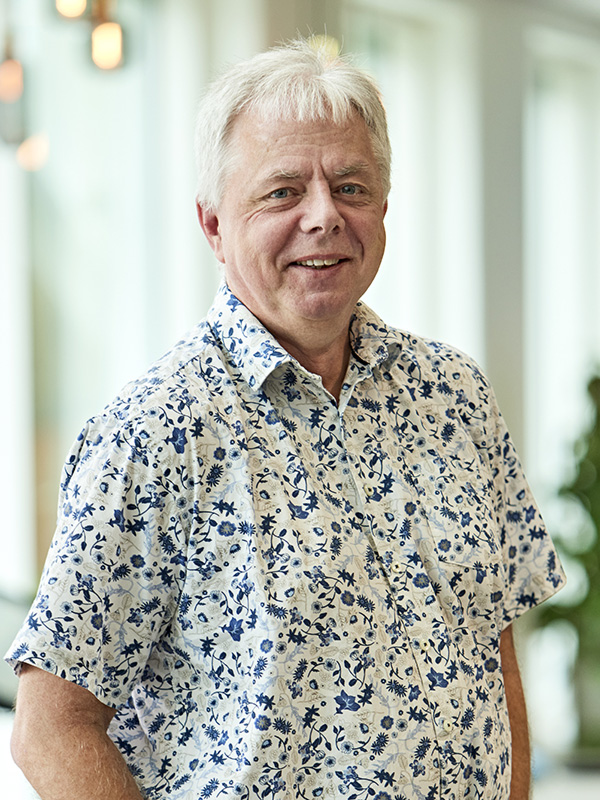
OT Operations
Sweet Geeks’ assignment was to:
- Support the daily operations of the client’s OT software department.
- Step into the organization and help the customer keep the operation going as they were scaling rapidly.
- Take over the customer’s parks, calculation software, fleet management, etc.
- Re-designed and re-implemented key software components for the customer to handle the massive data and support the customer’s software release cycle. The components were developed using .NET, KAFKA OSI PI, Python, etc.
Persons



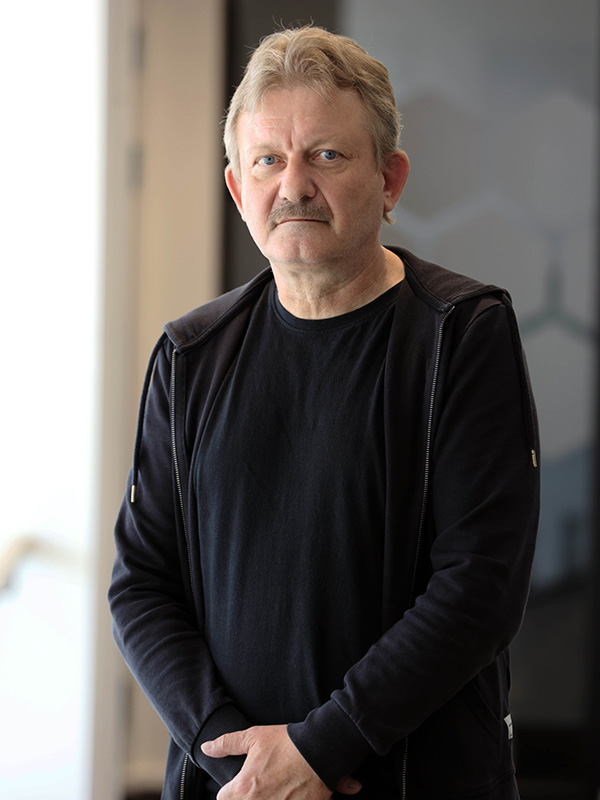
Real Time Platform
Sweet Geeks’ assignment was to:
- Support the development of a new real-time platform to replace the OSI SOFT PI platform and replace it with the KAFKA infrastructure. The idea was to ensure high scalability, high integrity, and low latency while minimizing costs as they continued to add data to their data lake.
- Develop multiple producers that could integrate with both new and legacy communication protocols.
- Make data available to multiple consumers in a secure manner.
- Develop the platform in collaboration with Confluent and the client.
- Be responsible for the architectural design and subsequent implementation.
Persons




Another large international utility company
Real Time Platform
Sweet Geeks’ assignment was to:
- Support the development of a new real-time platform to replace a home-grown platform based on different technologies and replace it with the KAFKA infrastructure.
- Design the architecture and subsequent implementation. This included software development, DevOps, and infrastructure.
- Design for high scalability, high integrity, and low latency while minimizing costs as the customer added more and more data to their data lake.
- Design the platform to deliver data to the analytics department faster and with better quality.
- Develop multiple producers that could integrate with both new and legacy communication protocols.
- Securely deliver data to multiple consumers.
- Ensure automated deployment setup for the parks.
Persons



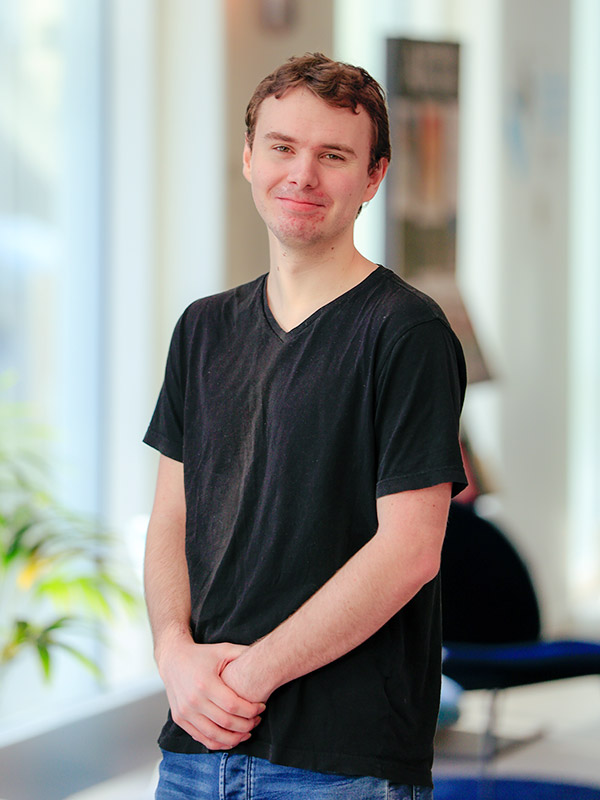
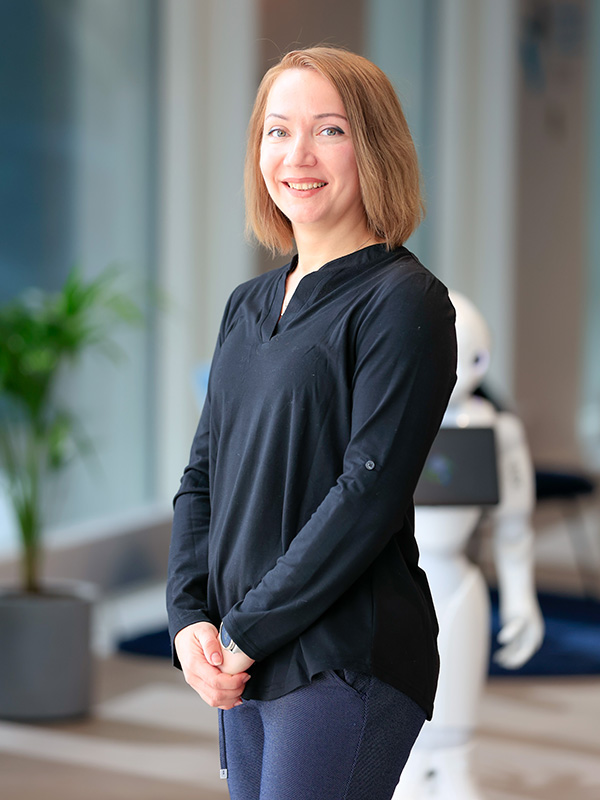
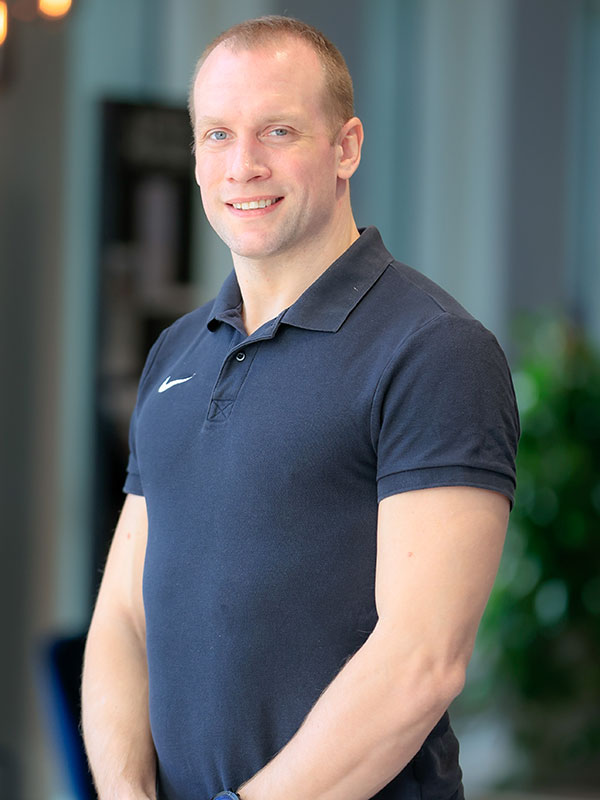
Intake of parks
Sweet Geeks’ assignment was to:
- Support the operation while many of the assets were going out of warranty, including how to access all infrastructure securely.
- Ensure that claims were handled by the OEM’s, that the customer could operate the assets after the warranty period, and that there was full access to all networks, etc.
- Streamline the process by automating many of the tasks, reducing the time and risk of taking on new parks.
Persons
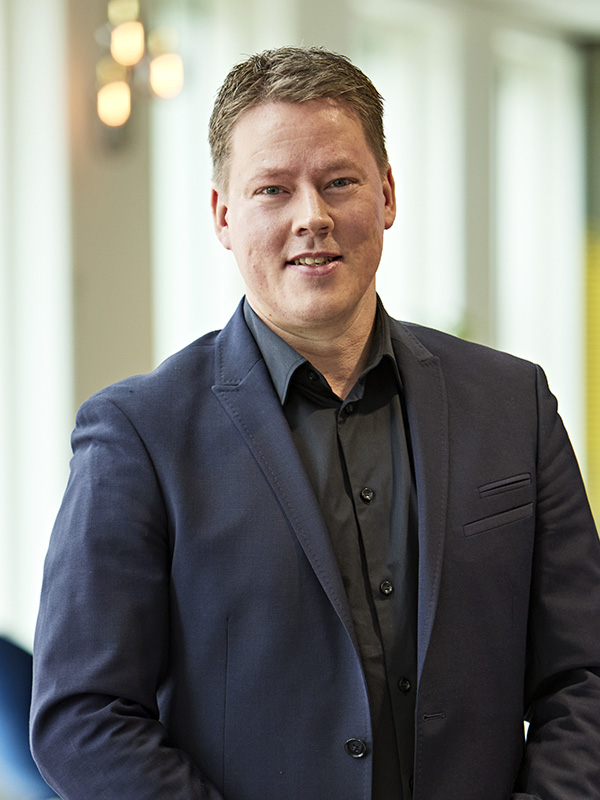

Nerc-CIP
Sweet Geeks’ assignment was to:
- Assist in becoming compliant with the NERC CIP regulations for operating plants in North America. This included both a gap analysis and a solution team to close the gaps.
- Develop the procedures for NERC-CIP and train the client’s staff.
- Ensuring the design for automation and implementation of functionality to automatically support the requirements.
Persons

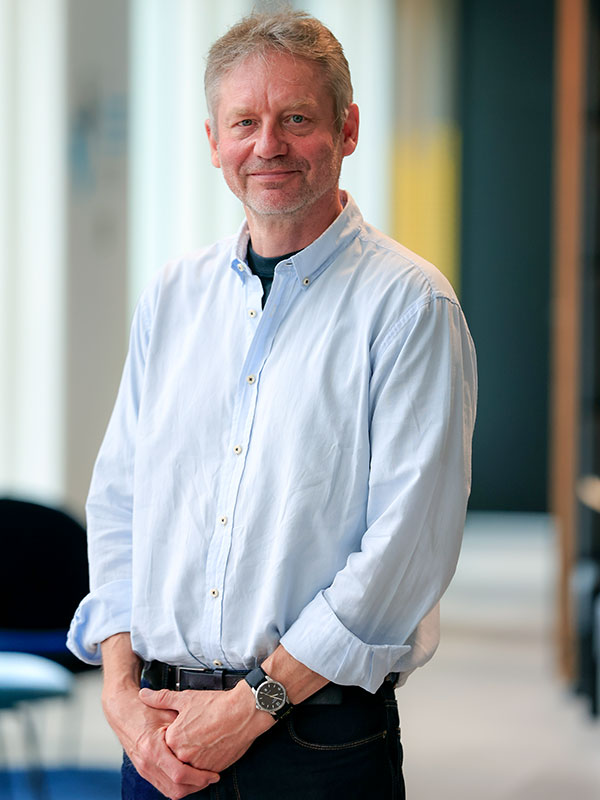
Automatic asset inventory
Sweet Geeks’ assignment was to:
- Assist with the project management and design of an automated asset inventory management system. The platform was designed to save the client a huge amount of work each year in managing the asset inventory of their power plants and to support their cyber security program to ensure that everything was patched and up to date.
Persons

OT Cyber security
Sweet Geeks’ assignment was to:
- Help ensure that their OT component suppliers are meeting their cyber security standards.
- Manage the lifecycle of components, hardware, and software.
Persons

Large turbine manufacturer
Next Generation SCADA Level 1 platform
Sweet Geeks was responsible for:
- Support the development of their next generation SCADA platform.
- Rewrite the platform to a modern data architecture and ensure better testability and coding standards.
- Project management, software architecture, DevOps architecture, and infrastructure architecture.
- Ensure that the architectural designs are implemented correctly.
Persons
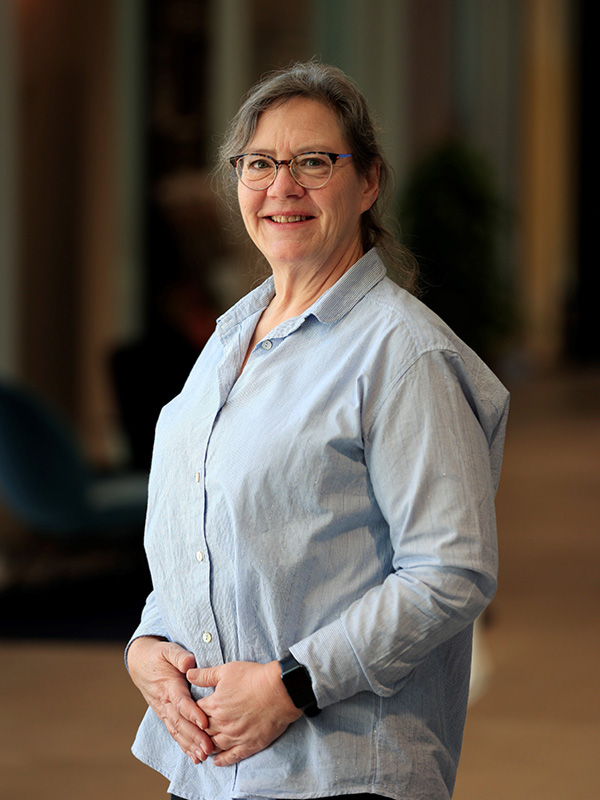
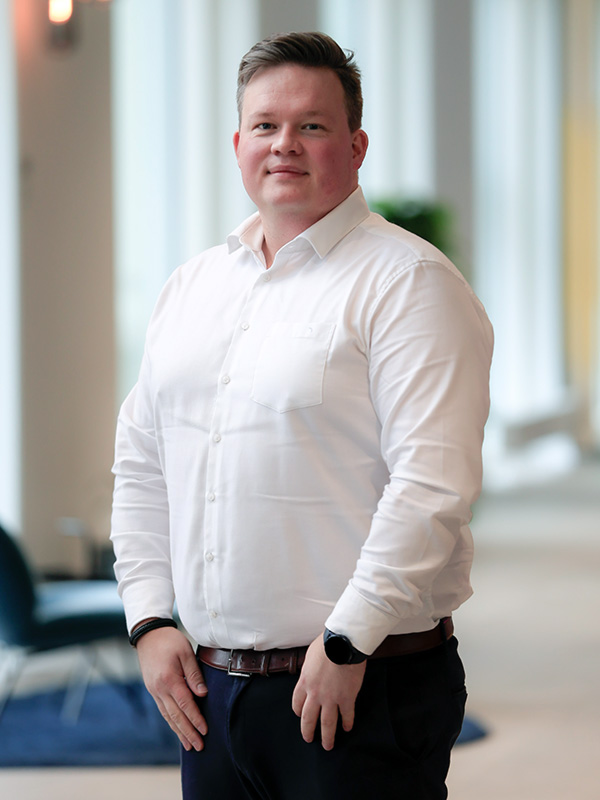



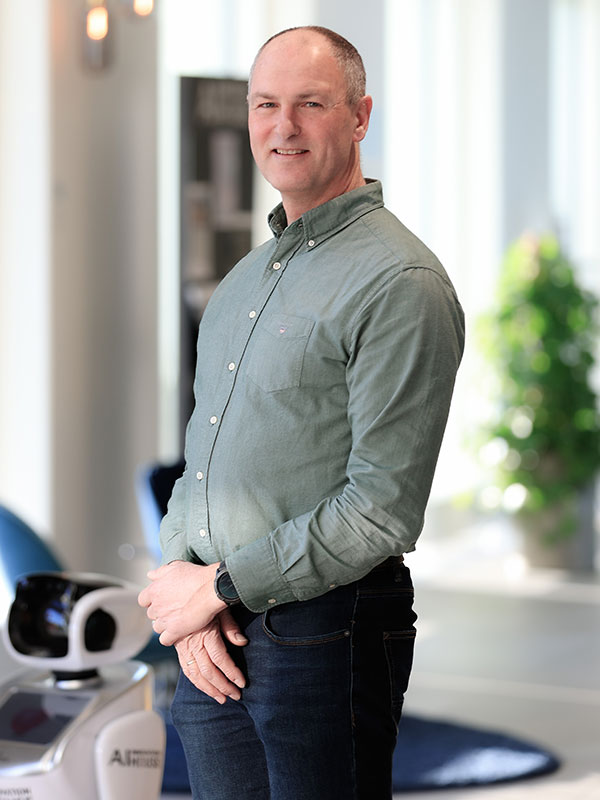


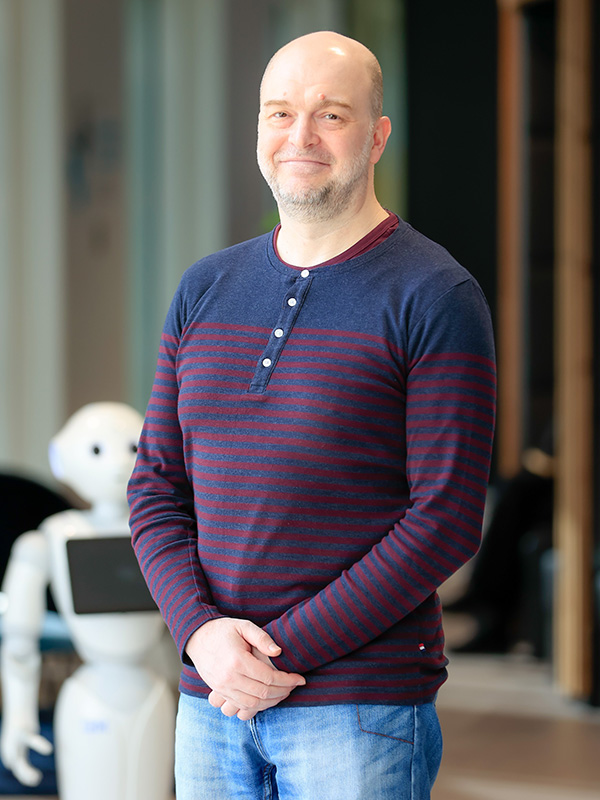
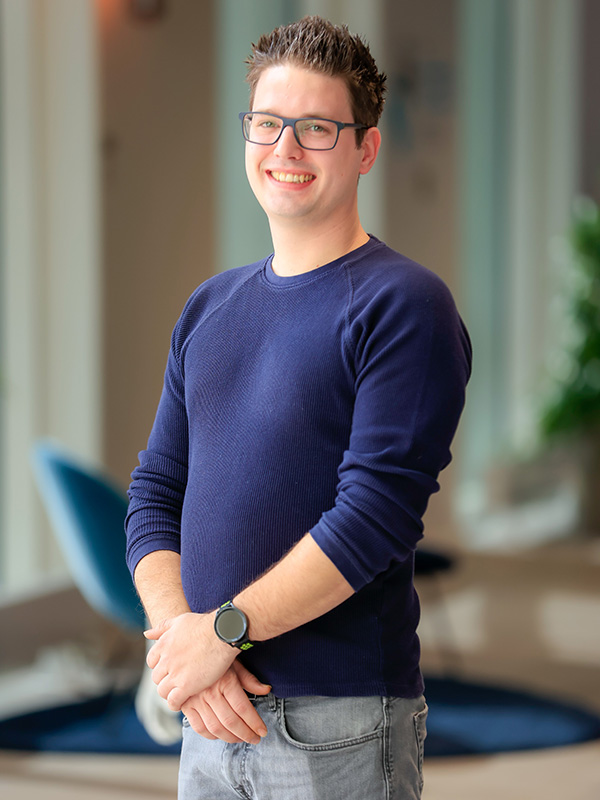
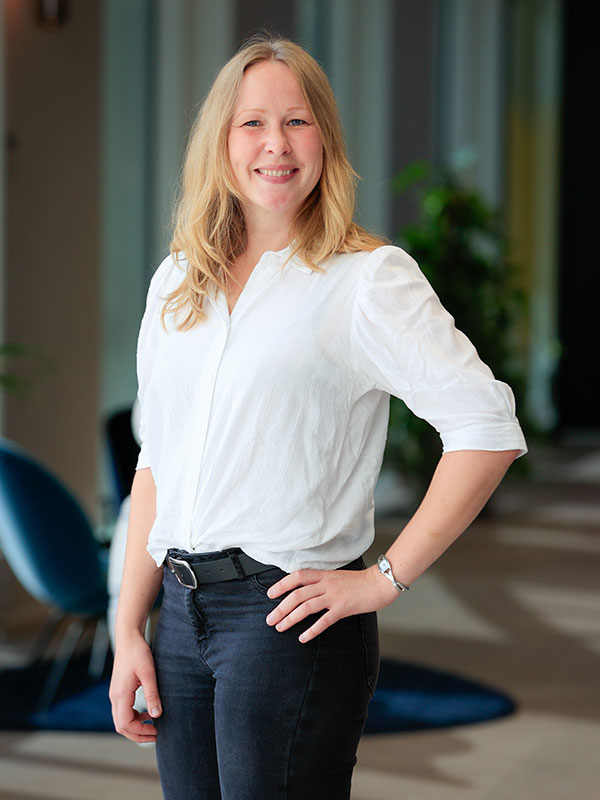
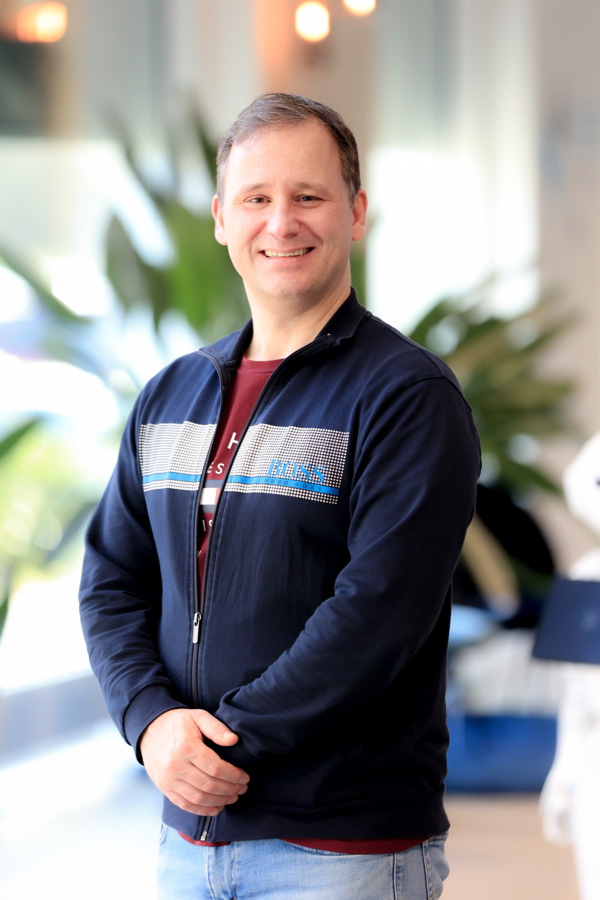
Large OEM
PKI
Sweet Geeks’ assignment was to:
- To implement a PKI solution for customer assets. The solution was designed to ensure the authenticity of spare parts within their OT landscape controlled by their SCADA platform.
- Architecture and implementation work on the software and infrastructure side.
- PKI architecture design, certificate provisioning, secure software updates and ensuring secure communication between system components.
Persons

Transmission system operator
Real Time Platform
Sweet Geeks’ assignment was to:
- Support the design and implementation of a next generation real-time control platform to manage the green transition in Europe. The platform design was to manage the massive data from PowerGrid.
- Do the architectural and implementation work in the corporation with the TSO and other externals.
- Support cyber security, architectural design, and implementation in Software, DevOps, and infrastructure.
Persons

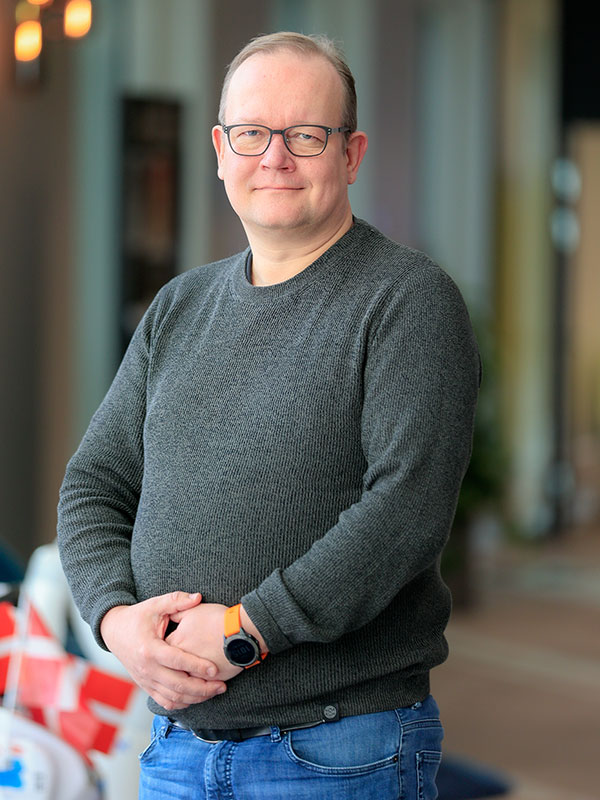
Realtime Control applications
Sweet Geeks’ responsibility was to:
- Enable the customer to build new applications and functionalities on the newly established real-time platform. The first application is for frequency stabilization in the power grid and joining the pan-European initiative PICASSO.
- Applications including: Load Frequency Controller(LFC,aFFR) for Picasso and Dynamic Line Rating (DLR)
- Strengthen the team with software skills to develop a microservice based infrastructure.
- Provide best practices for software development lifecycle in a military grade secure enclave using a microservice based infrastructure.
Persons

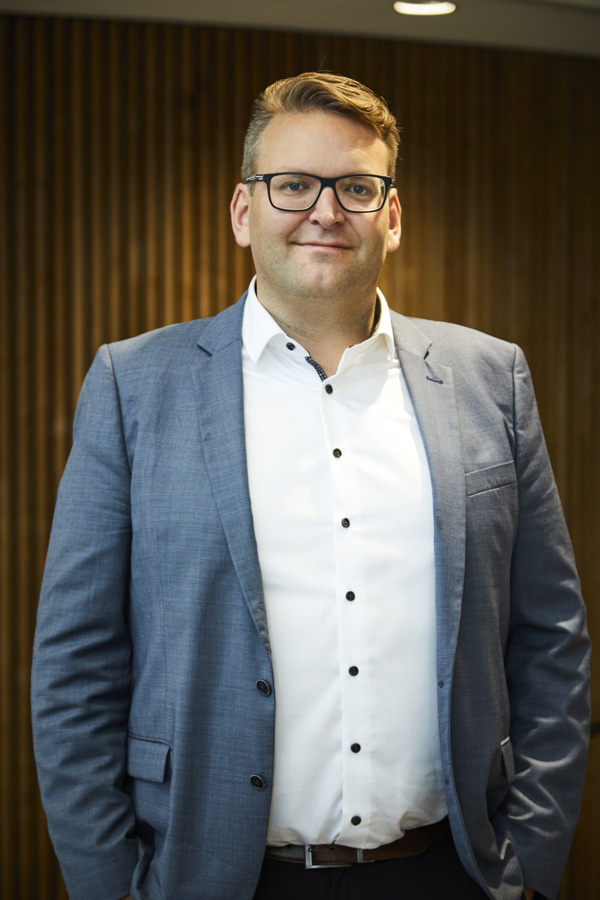
Software Factory
Sweet Geeks’ assignment was to create a Software Factory to:
- Identify technical debt in the software chain.
- Map technology stacks, deployment methods, and toolset.
- Unify development practices, including implementation of coding standards, best practices and improve processes.
- Establish a baseline for code coverage, test coverage, continuous integration, and continuous deployment.
- Prevent technical debt and ensure high software quality and testability.
- Internal Developer Platform for reducing developer cognitive load so that developers can focus on delivering business value, so they don’t have to learn or care where their code runs.
- Everything is automated, making the onboarding process much easier and the customer much more efficient.
Persons


Wind turbine manufacturer
Cyber security
Sweet Geeks’ assignment was to:
- Support the development of a patch management system to ensure that the customer can comply with the NIS2 directive and NERC-CIP legislation. The platform is designed to handle all patch management automatically, saving the customer a huge amount of work and minimizing the risk of human error.
Persons


